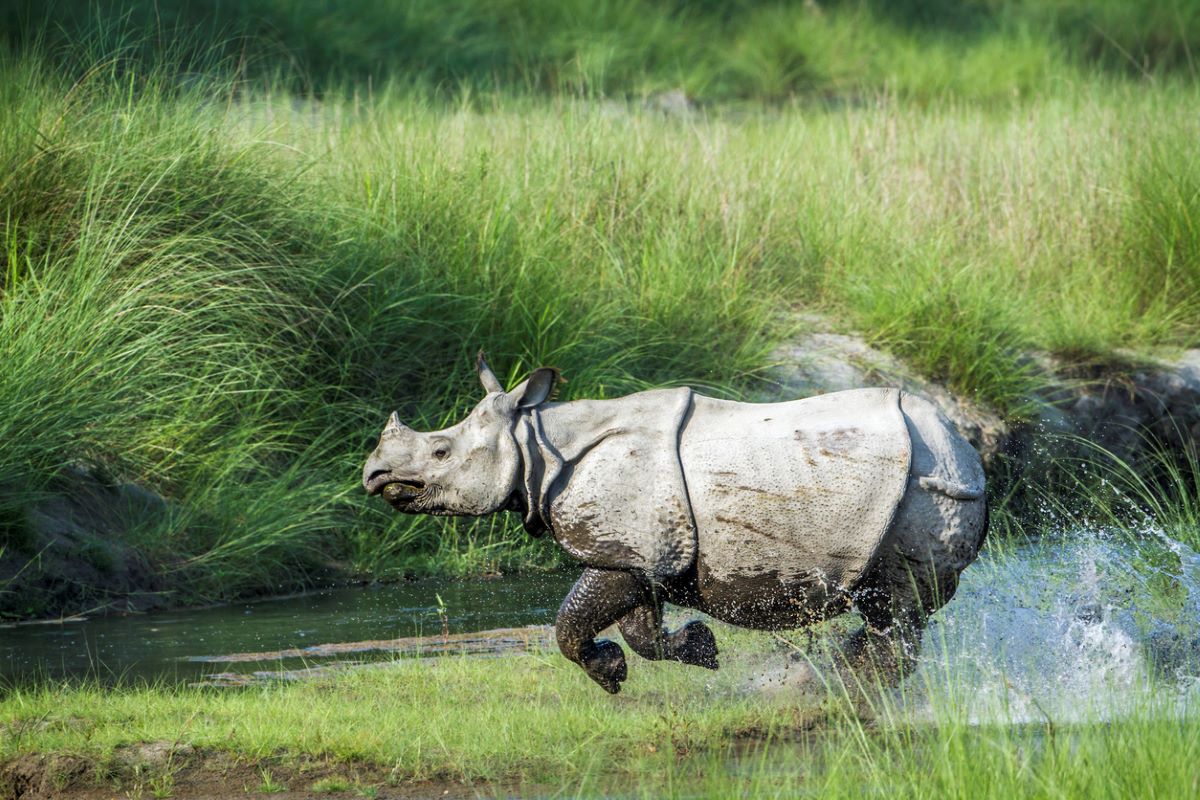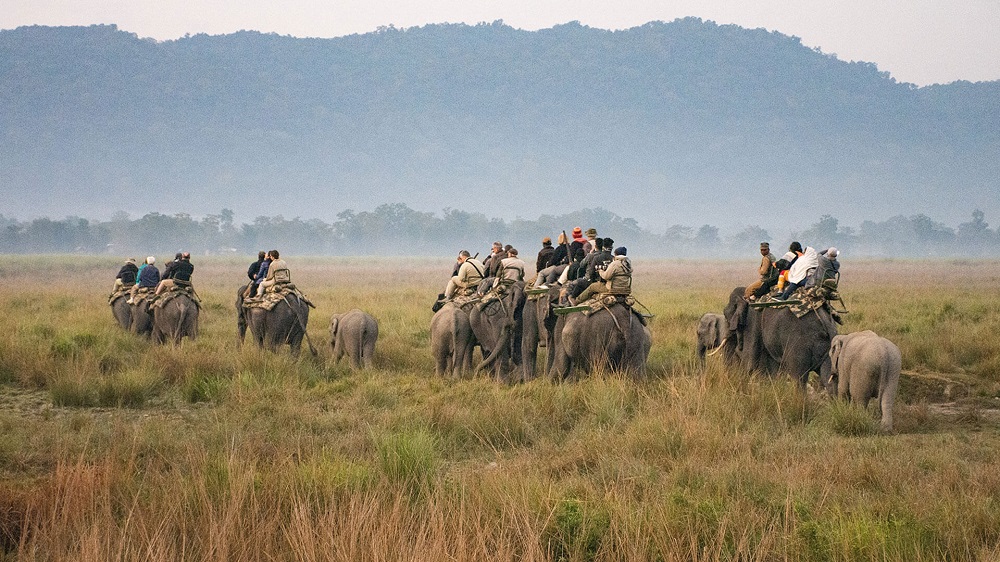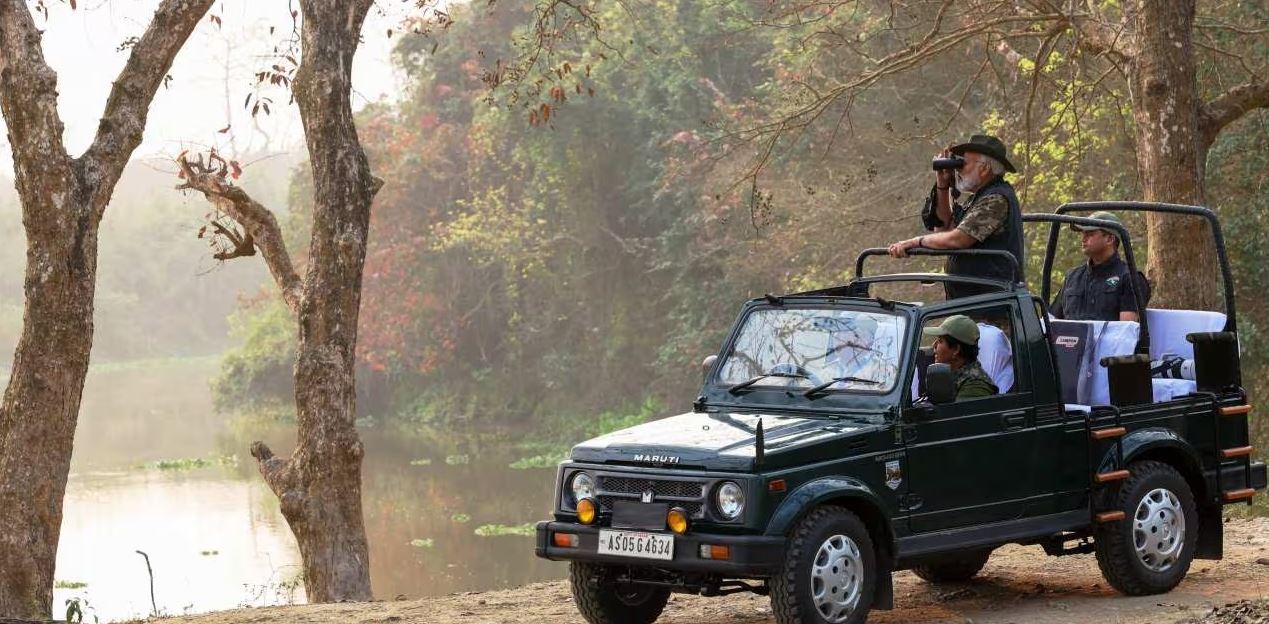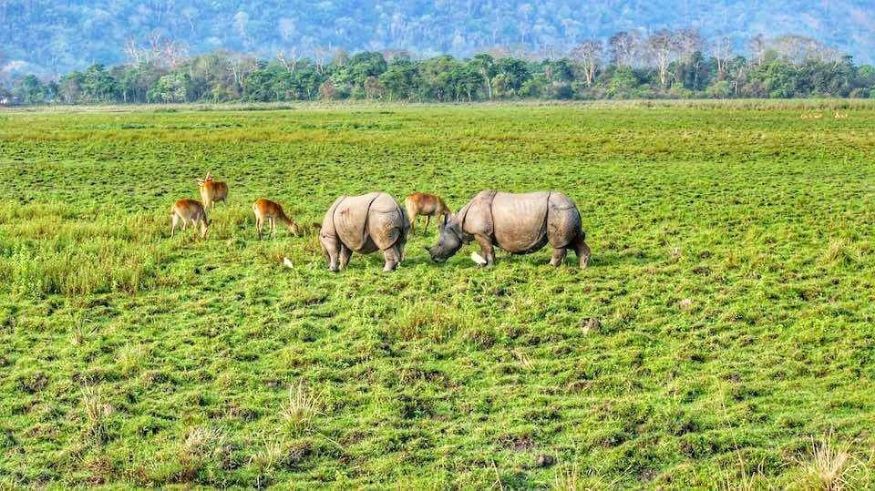
How Assam Overcame Against Poaching Plights in Kaziranga
The Kaziranga National Park in Assam, which is home to some 2,600 rhinoceros, has long been an area of interest for poachers seeking to profit from the rhinoceros horn trade.The National Park has seen a dramatic decrease in poaching cases in the last two years and the credit goes to a combination of crack commandos, high-tech devices, and canine units.
Much deserving credit goes to a special task force, members of the Assam Police, and the Forest Department. As part of their mission to secure the park’s fringe areas and to remove poachers from known launch pads, these commandos are trained like the National Security Guard.And, to capture the fleeing poachers, they even travel to other states.
A Senior Officer in the Kaziranga Special Task Force said that “they alone cracked the entire network of the poachers last year alone”. Also, he said that last year we alone arrested 58 rhino poachers, four were neutralized and the work was carried out together with the task force where they conducted joint operations and investigations.
In the year 2021, only two Rhinos were poached whereas, in the year 2022, no such case was registered, and the results speak for themselves! This wasfor the first time that no rhinos were poached in the national park sincethe year 1977. In contrast, between 2000 and 2021, poachers armed with sophisticated weapons sourced from smaller terrorist groups killed about 190 rhinos.
But, the fight against poachers is ongoing, as the illegal trade of the Rhinoceros horn remains a profitable enterprise in East Asia where the horns are sought after for use in traditional medicine and jewelry. One of the foresters working in Kaziranga’s Burapahar Range said, “Our coordination with the cops to bust the poachers was bad at that time and we did not have the sophisticated weapons or enough manpower but with the modern arms we have a special Rhino protection force, technology, and the lethal commandos”.
The Usage of technology is the game changer in the fight against poachers. The strategic placing of the thermal sensors, electronic eyes, camera traps, speed meters, night vision cameras, and high resolution cameras helps in examining the national highway at the park’s periphery. In addition to this, forest guards use drone surveillance and satellite phones, with all data being fed into the task force’s command center. To respond to every technical tip-off, the quick response teams are on standby. A Major part of the help has been provided by the canine unit which has the famous Belgian Malinois Dogs.
To raise the awareness about the issue of poaching and the illegal wildlife trade, the World Wildlife Trust of India (WTI) has also been working in Kaziranga for decades.
And today, the consequence is Kaziranga National Park is home to the world’s largest population of Rhinoceros. As a result of the work of the task force, the rhinoceroses of the park can now live in a safer environment and wander in elephant-grass meadows, swampy lagoons, and dense forests even more safely than ever before.


